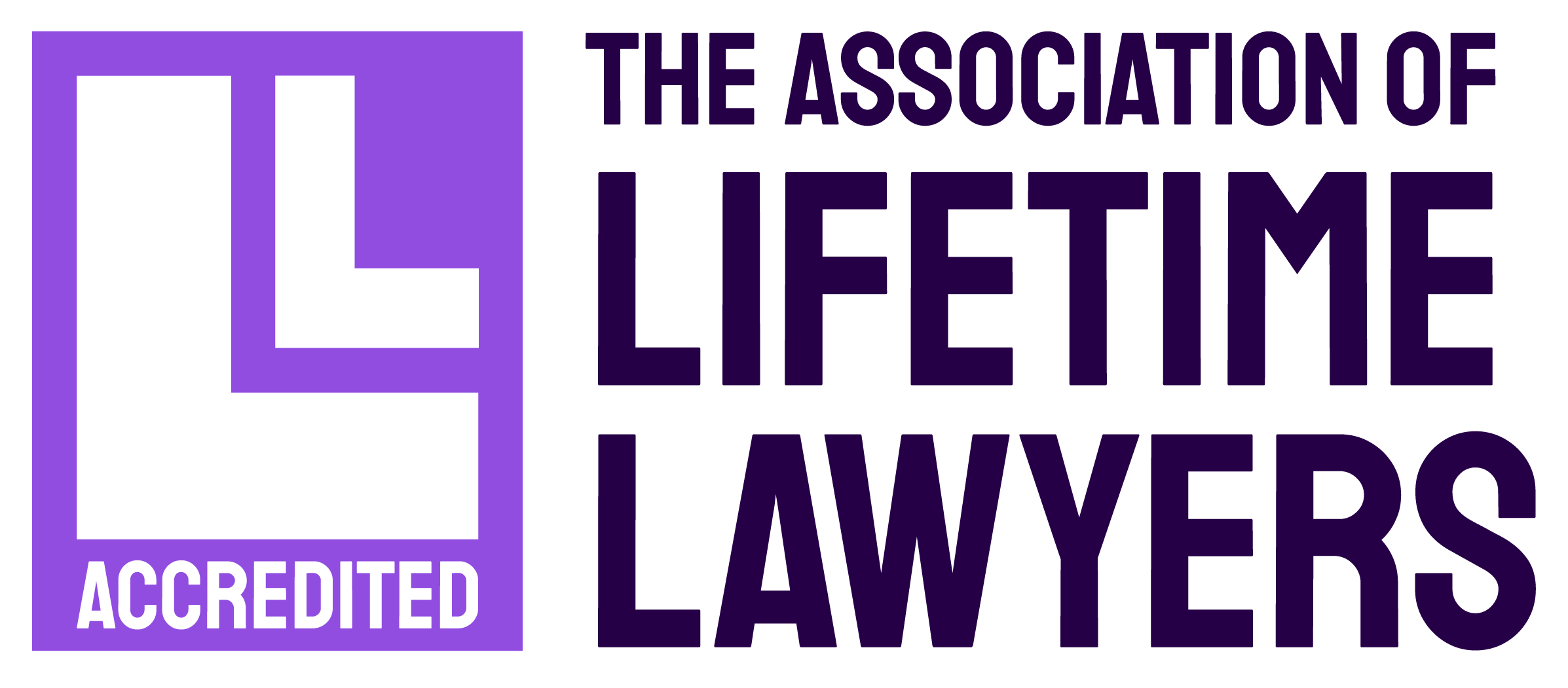I’ve heard of the 10 and 4-year rule in planning, what does it mean?
If you want to be certain that the existing use of a building is lawful for planning purposes, or that your proposed development does not require planning permission, you can apply for a Lawful Development Certificate. Due to the limitation periods that apply to these Certificates, you may also have heard of the more informal terms, ‘10-year rule’ and ‘4-year rule’.
A Lawful Development Certificate simply confirms that any change of use or development that has been carried out, or that you are proposing to carry out, is lawful. If a developer sells a property, the buyer’s solicitor may request this on behalf of the purchaser.
New legislation
In line with the Levelling-up and Regeneration Act, which came into force in October 2023, the 4-year rule is now obsolete, with all circumstances under which a Lawful Development Certificate can be issued now subject to the 10-year rule as of 25 April 2024.
Please note that the new legislation applies only to breaches that occurred on or after 25 April 2024. Unlawful operations that were substantially completed or a change of use to a dwelling that occurred before this date should still be subject to the 4-year rule.
When can I apply for a Lawful Development Certificate?
A Lawful Development Certificate covers any change of use or breach of planning permission that has not been subject to enforcement action by the local authority. Once the 10- or 4-year period (for breaches that occurred before 25 April 2024) has elapsed, you can apply for a Lawful Development Certificate on the following grounds:
- You have carried out building works or extensions to your property, for which you should have obtained planning permission, but which have been completed for more than 10 years (4 years for breaches that occurred before 25 April 2024)
- The building was completed more than 10 years ago, and has been used as a dwelling for more than 10 years (4 years for breaches that occurred before 25 April 2024)
- The land or building has changed use and that use has been continuous (other than as a dwelling) for more than 10 years
- A condition or limitation on planning permission has not been complied with for more than 10 years.
Essentially, if a property or development has breached planning permission laws or an unauthorised change of use has taken place, the local authority has 10 or 4 years (for breaches that occurred before 25 April 2024) to take enforcement action. If the relevant period has expired, then the breach can no longer be contested and you are eligible to apply for a Certificate of Lawfulness.
How do I know whether my property requires planning permission?
If you want to clarify if a proposed use or development requires planning permission, or whether it already has planning permission (i.e., because it falls within permitted development rights or other approved criteria that mean that planning permission is not required), then you can apply for a Lawful Development Certificate. If approved, this will confirm that the use of your property or development, as stated in the Certificate, is lawful.
Types of building covered
A Lawful Development Certificate can also be used to cover properties that don’t meet standard planning requirements. For instance, this might include an outbuilding on a farm equipped with living accommodation, kitchen and bathroom.
If a building is equipped with the essential facilities required for normal day-to-day living, and can therefore be classed as a dwelling, and has been in continuous occupation as a dwelling for at least 10 years, then the owners are entitled to apply for a Lawful Development Certificate. The dwelling would be lawful even in the absence of a certificate if the basic qualifications are met – the certificate simply confirms it.
There are always exceptions!
There are, of course, exceptions to the rule. If, say, a landowner obtains planning permission for an agricultural building, whilst all the time intending to build a house, and then goes on to build that house, then the local planning authority could withhold the Lawful Development Certificate on the grounds of fraudulent conduct.
A second exception would exist where a building was deliberately concealed (in 2013, for instance, a farmer who built a home and hid it from sight with hay bales was ordered to demolish the building after the Planning Inspectorate ruled that the 4-year rule did not apply). If a planning authority becomes aware of development of this type, and can produce evidence of the deliberate intention to conceal on the part of the developer, then they can withhold a Lawful Development Certificate.
Keeping you updated
Our Town & Country Planning Team keeps a regular eye on the progress of new planning legislation and is always here to help you with any planning matters you may have.
If you need advice on planning, or would like to know more about the 10- and 4-year rules, please do feel free to get in touch with our Head of Planning, Salvatore Amico, at salvatore.amico@attwaters.co.uk or call him on 0203 871 0039, to arrange a confidential discussion about your situation

Salvatore Amico, Head of Town & Country Planning
























